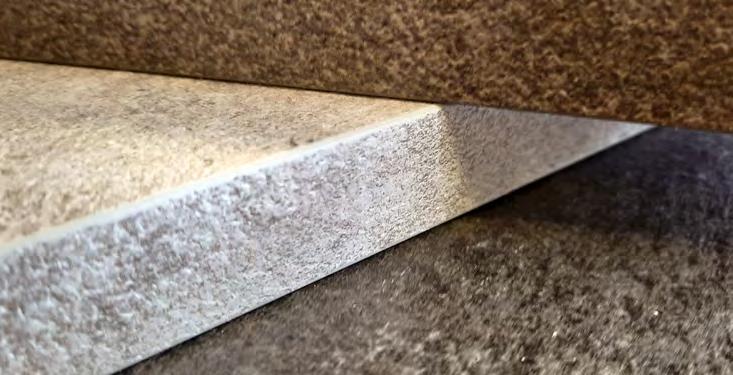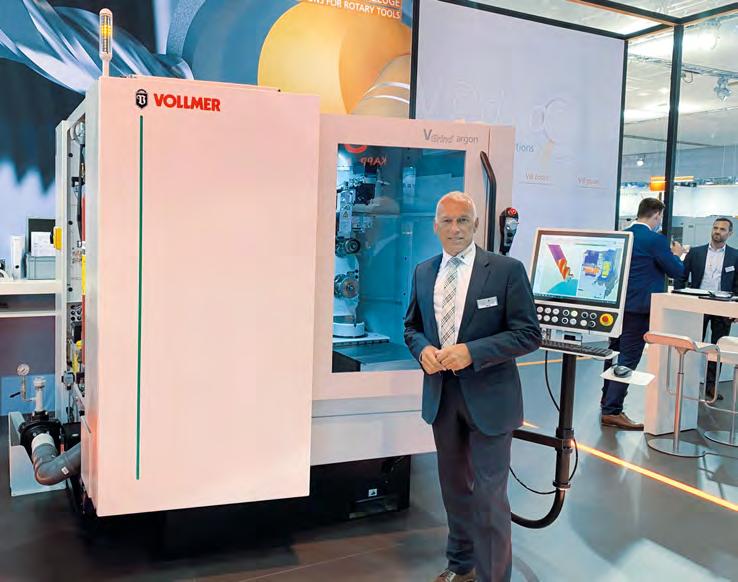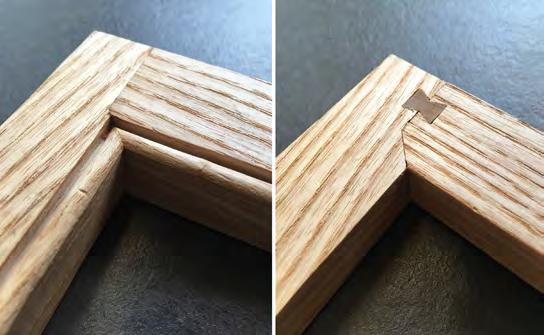
1 minute read
How it all began …
1968
Prototype
This was the prototype of the biscuit joiner as we know it today.
Hermann Steiner designed and built it in 1968. More than 50 years and several generations of machines later, Lamello biscuit joiners are extremely popular and are regarded as the gold standard amongst groove cutters.

1969 Minilo
Every milestone begins with an idea … The Minilo was the first hand-guided biscuit joiner.
It shaped the company’s history for more than a decade: it was commercially available in various versions from 1969 to 1984. The Minilo was used to connect drawers, furniture and corner connections using the wooden biscuit.
1988 Top 10
In 1988, the Top 10 was introduced. It featured a central locking system that enabled blades to be changed in seconds and connected panels with a variety of biscuits, such as the wooden biscuit, K20, C20 and Simplex. With a swivelling stop of 0 to 90° and a stop angle, it performed precise cuts – then and now, the focus is on efficient working.
1998 Top 20
The Top 20 is the next revolutionary invention from Lamello. The biscuit joiner was launched in 1998. A new feature is the height-adjustable cutter, which can be set in tenths of a millimetre increments by means of a rotary wheel. This allows the groove to be cut exactly at the desired position. This is ideal for mitres or thin materials. To this day, the Top 20 is the only biscuit joiner on the market with this function.
All the developments and benefits of the previous machines are combined in the Zeta P2 – a cordless version has also been available since 2022. Thanks to the state-of-the-art battery technology, it offers cordless freedom and even faster connecting. This allows the cutting for the innovative P-System to carried out efficiently in the workshop or on the construction site.










